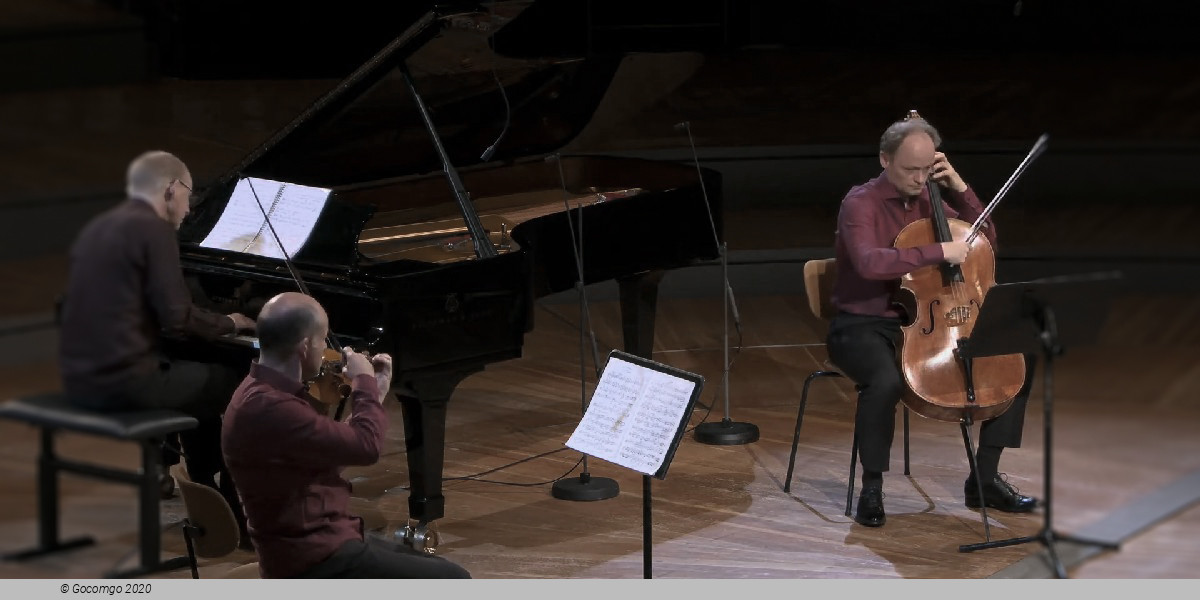Museum Frieder Burda (Baden-Baden, Germany)
Museum Frieder Burda

The best works of modernism consistently deal with architectural principles and ideals. Modern painting asks about the structures of painting, modern sculpture about the connection between art and space. Accordingly, modern architecture examines how light relates to space and human dimensions. All artistic genres evade decorative, illustrative or sentimental requirements. The revolutionary potential of modernity is particularly evident in those works that uncompromisingly substitute technology for illusion. The museum for the Frieder Burda Collection is a modern building with a slightly different shape. It is casually connected to a picturesque garden and is pedestrian-friendly in a place of special charisma and human dimensions.
The design envisaged a new museum for art of the 20th and 21st centuries, which should fit into the unique park landscape on the Lichtentaler Allee and at the same time harmonize in its proportions with the adjoining State Art Gallery Baden-Baden. Great efforts were made to preserve as many trees as possible on the area so that the Frieder Burda Museum could integrate itself naturally into the surrounding nature. The shape, lines and dimensions of the new building correspond in their entirety with the floor heights and the gable of the neoclassical art hall, whereby both institutions retain their own architectural identity.
You enter the three-storey museum building, which is carefully embedded in the majestic trees of the Lichtentaler Allee, through a main entrance, which is east of the central footpath through the park. A glass bridge on the first floor connects the building with the ground floor of the art gallery. This bridge is carefully designed to impair the character of the existing art gallery as little as possible. The Museum Frieder Burda sees itself as an independent museum and at the same time as a partnership complement to the art gallery. This is why the glass connection between the buildings can be opened and closed. A low-lying outer courtyard encompasses the building on the south facade and emphasizes in an unusual way the connection between the museum and the surrounding landscape of the quiet, peaceful Lichtentaler Allee
The entering visitor walks through a light atrium, the lobby or reception area, to a spacious transverse ramp system, which extends over four floors and is one floor above on an axis with the bridge connection to the art gallery. Together with the adjoining elevator, the ramp provides access to a second large gallery space above the hall on the ground floor as well as additional exhibition spaces in the basement and in the mezzanine, from which one overlooks the entrance area. Historically and formally, the large ramp primarily gives the motif of a spiral sequence. However, I would like to see this ramp more as an event in itself, more of a painterly than a sequential element in the spatial whole. I hope, the visitors will experience the course through the building as its own rhythm of movement and rest. The walk through the building should be interrupted by stopping effects and opposing axes where the slope of the ramp meets the access to a gallery space.
The light falls through glass walls with sun visors into the clear and straight-lined white exhibition rooms. The upper exhibition room, which is connected to the ramp system by a bridge, offers views of the surrounding park and the lower level. The air spaces on the upper floors and the protruding walls of the lower gallery allow natural light to enter the lower floor. Controlled natural light is present in most exhibition spaces and demonstrates the different ways in which the spatial experience can affect the viewing of art. With the help of slats on the south facade, the amount of light entering the gallery rooms at different times of the day can be regulated.
Frieder Burda was a passionate and committed collector of contemporary art. His gaze and awareness were so shaped that the love of art and the love of looking at art have become an integral part of his life. His passion for painting and sculpture is downright contagious. That is why it is a great honor for me to work with him to create a work of art, an architectural work in which the visitor perceives art and space equally and experiences this unique collection of art from the last hundred years in a harmonious environment.
The richness and importance of the Frieder Burda Collection add nothing to the works of the great artists represented in it, but the connections and relationships between the conception of the collection and the individual artistic forms of expression must be viewed in a new light: in daylight due to changing weather conditions and changing seasons the works of art in the museum are illuminated so vividly that artificial light could never be achieved. Light is the most important building material here and has a key function. The light that illuminates the city of Baden-Baden and the Lichtentaler Allee is of high quality and clarity; it will now also flood the interior of the museum. This gives the visitor the opportunity to view the works of art in the same natural light in which most artists created them. I am convinced that the Frieder Burda Museum will develop a special charisma in its idea and material implementation, not least because - I hope - the experience of space and art work together in a particularly high quality at this location.
Richard Meier


